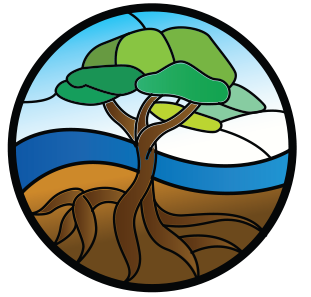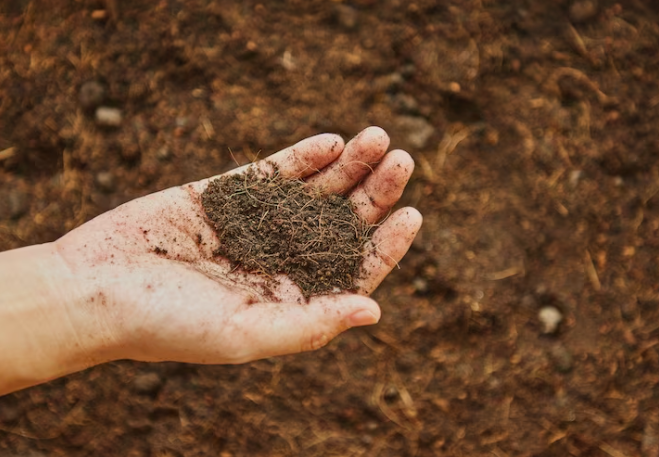Our Projects
INCORPORATING AGROFORESTRY INTO THE TRTC COURSES
TRTC has in recent decades focused its training around management and human development – with the trainees growing crops with which they are fully familiar and for which there is an established marketing system. The main crops grown by the trainees are yaqona and dalo. Dalo provides regular ongoing cash flow for the participants, while yaqona provides a substantial lump sum for investment purposes at the end of the young farmers’ 3-year course. However, there are risks involved in regards to the sustainability of the two commodities.
In minimizing these risks TRTC has invested in the agro-forestry program for more sustainable agricultural practices and appropriate diversification. Agro-forestry is seen as an important part of sustainable agriculture diversification. Agroforestry offers course participants with the opportunity to earn significant long term income to meet future family and prudential needs. It offers a worthwhile income-generating stream for the training center itself. Teak and Sandalwood has been incorporated into TRTC’s agro-forestry program.
SOIL HEALTH
The courses offered by TRTC are constantly adjusted to reflect the changing needs of Cakaudrove village communities. Declining soil fertility and declining crop yields have become an increasing serious problem. Tutu’s experience depicts that declining taro yields are continuing to force the margin of taro production into higher elevation forest areas and are contributing to Tutu deforestation. Thus the promotion of more sustainable commercial agriculture practices has now become a central theme in TRTC courses. The effort is focused around using the green manure mucuna bean, composting, compost tea, and the replanting of nitrogen fixing trees on used land using alley cropping techniques.
ESTABLISHING VEGETABLE GROWING ENTERPRISES
The introduction of seedling nurseries and vegetable growing as an enterprise in Tutu courses has been a success since its inception. Success in vegetable growing as an enterprise depends on the farmers being able to produce off-season when it is excessively wet or dry. The focus of the program being introduced into the young farmers, single women, and farming couples program is to provide TRTC staff and course participants with the appropriate technology and expertise to be able to produce seasonal and off seasonal vegetables.

INTRODUCTION OF HIGH-QUALITY FRUIT TREES TO IMPROVE INCOME AND HOUSEHOLD NUTRITION
The agronomic conditions (soil, rainfall, and elevation) offer ideal conditions for growing a wide range of tropical fruit. The elevation of the TRTC ranges from sea level to over 400 meters higher elevation areas offer ideal agronomic subtropical fruits and vegetables. TRTC in 2011 embarked on a small pilot project to grow high-quality red-fleshed sunrise papaya. Since then Tutu has expanded its production of Fiji Red Papaya as well as the introduction of exotic fruits like rambutan, sweet carambola, dragon fruit, mangosteen, citrus and improved variety of avocado.
HYDRO DEVELOPMENT
2019 marked a wonderful milestone with the completion and full testing of the Hydro Solar Hydro System. A total of 38kw of solar power has been switched on with the final 10kw of DC connected solar panels at the Hydro building being configured to not only charge the backup batteries but also export excess charge to the Tutu community once the battery bank has been fully charged.
Over the past month, 18% or newly 1/5th of the Tutu community power has been supplied by the solar and battery system. This combined with the automatic spear valve modifications to the Hydro turbine is ensuring that while the village power demand has significantly increased over the past three years, the water consumption from the river intake is kept to an absolute minimum during the dry season. Nearly every day the Hydro has been reducing from the village nightly load demand peak of 25 to 30 KW down to its minimum output of 4KW during the midday peak of the solar systems. This enables the solar to provide 100% of the village power for nearly 4hrs each day when the clouds are not too constant
The automation and temperature measurement of the largest Yaqona drier has also been integrated into the Hydro PLC system, which enables the measurement of the humidity of warm air leaving the dryer. This will enable onsite testing to confirm when the dryer has achieved optimal dryness of the product so that the dryer will automatically stop when the Yaqona is finished drying, further saving on water use for the drying process. Repairs to the radio link between Naisavere and the top tank have enabled the continuous monitoring of the Top Tank water level to be reinstated, reducing the multiple daily inspections of the tank water level when the dry season starts.




